Over one million visitors a year visit St. Michael’s Cave in Gibraltar (also known as the 'Gates to Hades'). Discover what makes this natural wonder worth visiting.
By Nick Nutter | Updated 9 Apr 2024 | Gibraltar | Places To Go |
Login to add to YOUR Favourites or Read Later

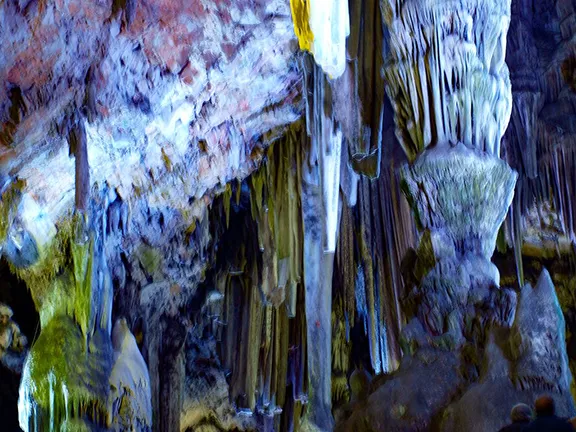
St Michael's cave Gibraltar
The ancient Greeks called St. Michael’s Cave on Gibraltar, the ‘Gates to Hades’, believing the caves, situated in one of the legendary Pillars of Hercules, to be bottomless.
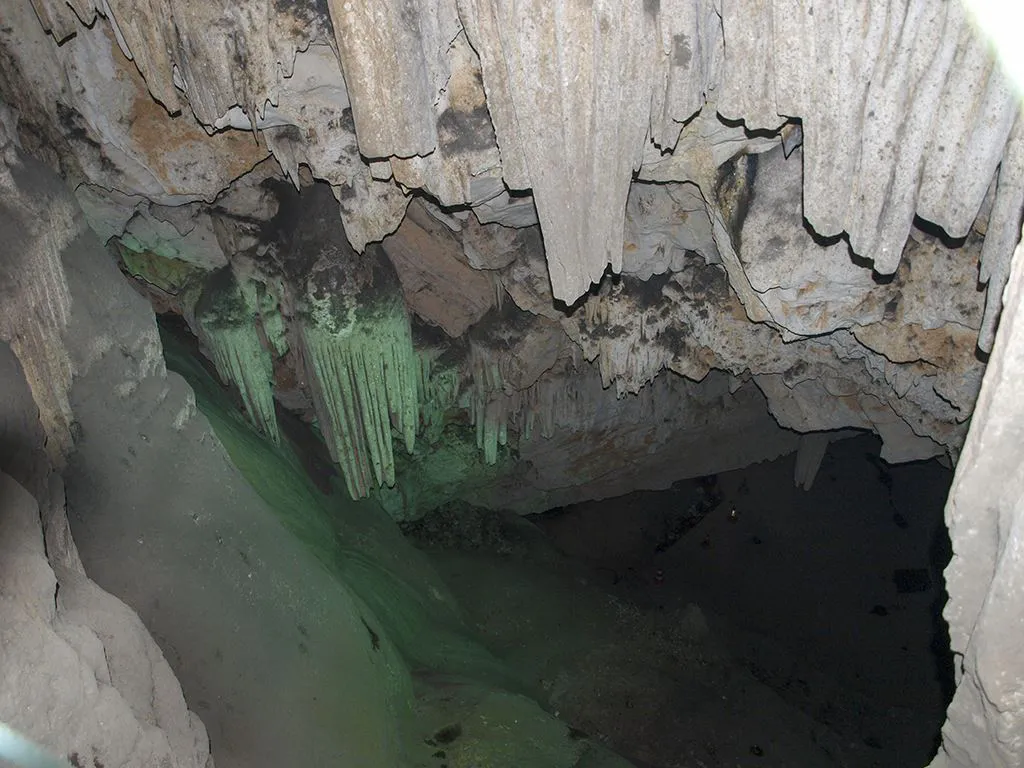
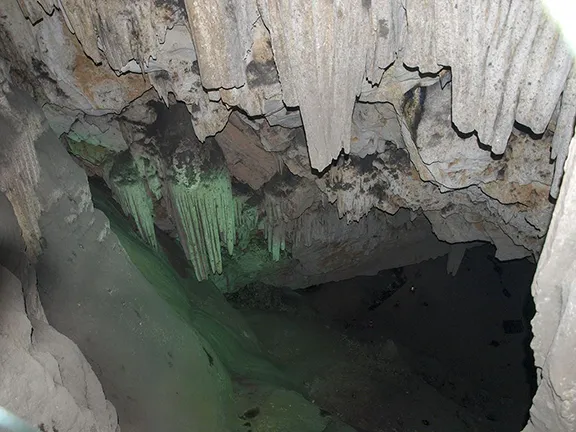
The Gates to Hades, Gibraltar
Today over one million visitors a year visit St. Michael’s Cave and successfully return from the underworld.
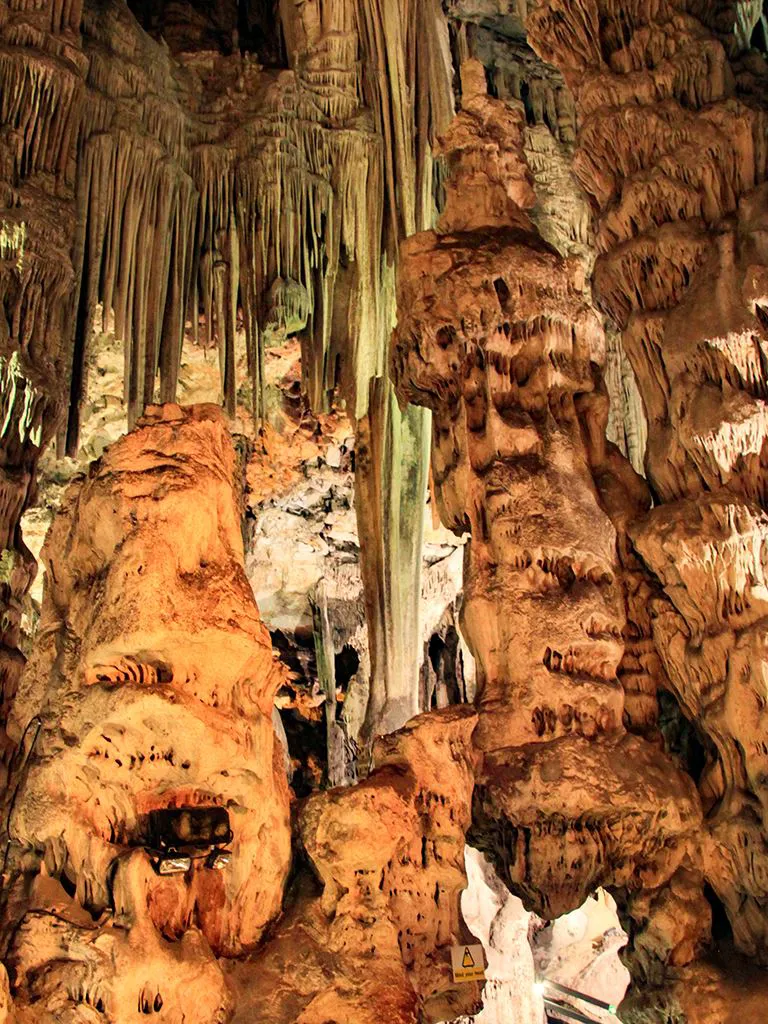
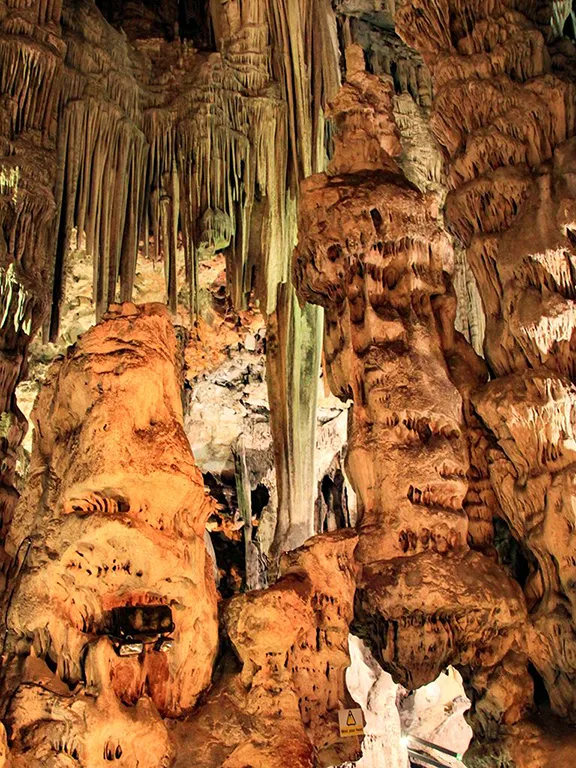
Calcite formations, St. Michael's cave, Gibraltar
The limestone in which the caves formed was laid down on the seabed over a long period of time, from 200 million years ago until about 60 million years ago. Trillions and trillions of tiny sea creatures contributed their shells and skeletons to make a limestone layer some 460 metres thick. It is known today as Jurassic limestone from the period in which it first started to form.
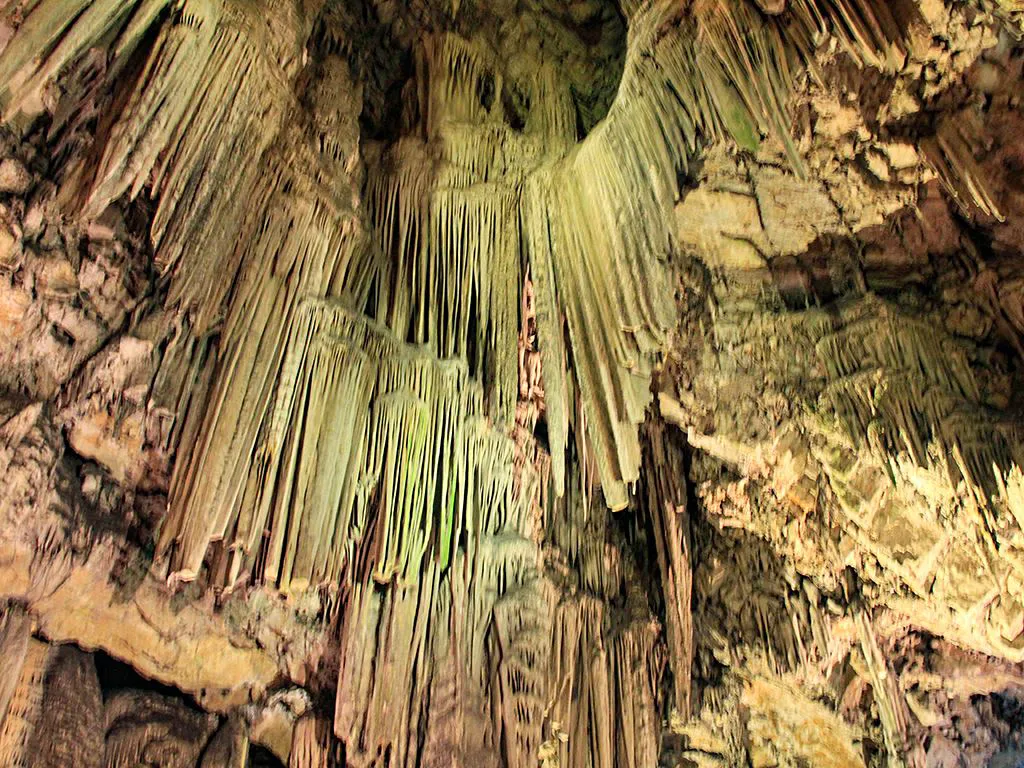
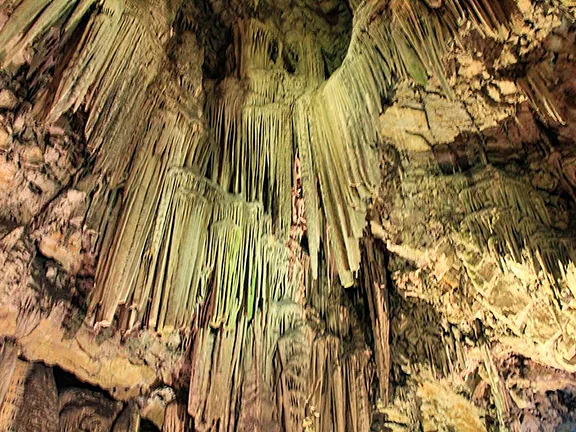
Calcite formations, St. Michael's cave, Gibraltar
Between 60 and 20 million years ago, the tectonic pressures resulting from the African tectonic plate pushing into the European tectonic plate caused the limestone to rise out of the sea. This uplift is still occurring, and from Europa Point at the southern tip of Gibraltar, you can actually see raised beaches and sea caves high up on the side of The Rock.
As soon as the limestone was exposed to the atmosphere, rainwater started to seep through the limestone, dissolving it as it went. Eventually, after many thousands of years, the caverns and passages that we see today were formed.
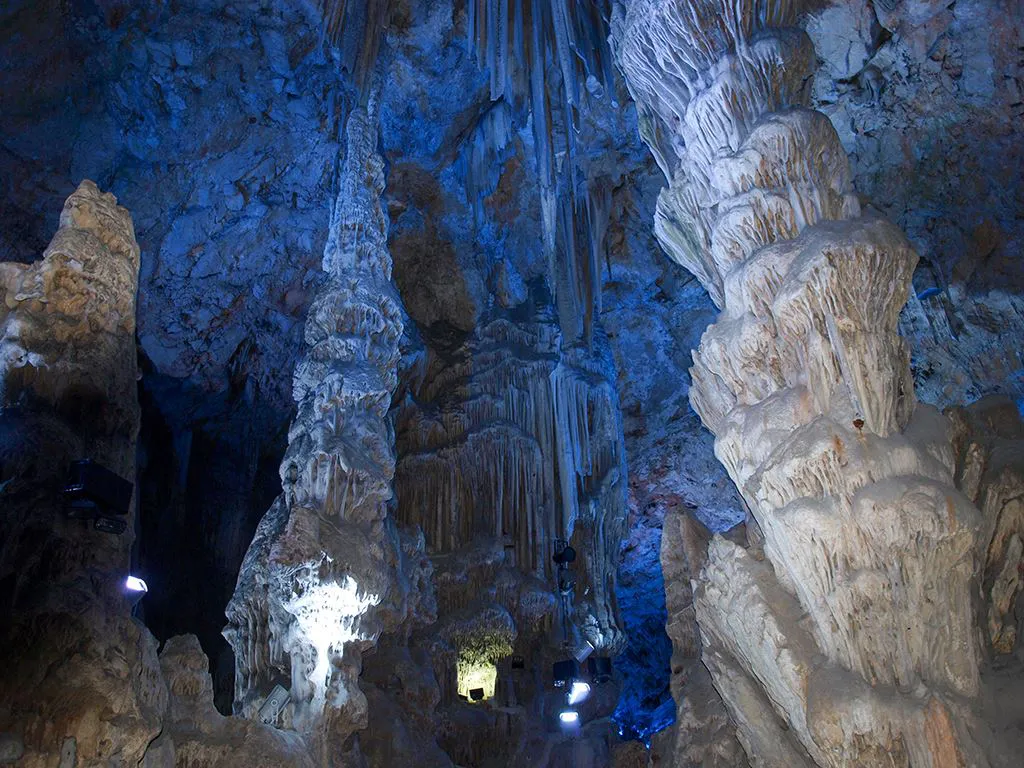
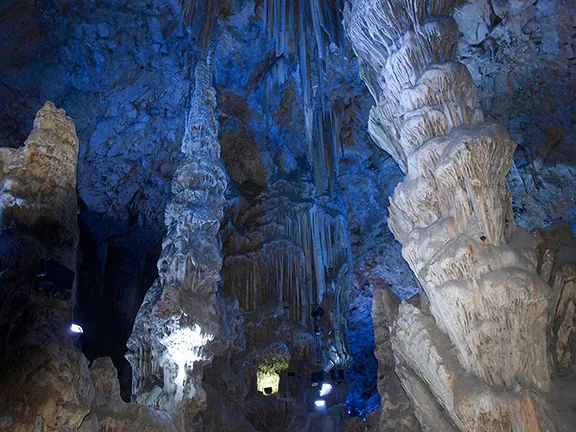
Columns in St. Michael's cave, Gibraltar
As soon as the first small cavity was created, the water now dripping from the roof, started to leave behind tiny amounts of calcite that over the millennia, formed the stalagmites, stalactites, straws, columns and calcite curtains that give us the magnificent formations seen within the cave.
The various colours you see in the calcite are caused by tiny traces of minerals within the calcite.
Beneath the section that can be visited by the general public are the Lower Caves that can be visited by arrangement. Beneath those are another level that is currently only visited by scientists studying the ancient formations to deduce climate change over the millennia. The study started in 2004 and is ongoing.
The oldest legend is related to the Greek belief that St. Michael’s caves were an entrance to Hades.
Cathedral Cave was believed to be bottomless until well into the 19th century and it was surmised that there was a tunnel beneath the Gibraltar Straits that connected Gibraltar with Morocco. It was even suggested that the Barbary macaques found their way to Gibraltar through this tunnel. In reality, the macaques probably arrived with the Muslims after 711 AD.
During the 19th century, it was fashionable for young officers stationed on Gibraltar to explore the passages and caverns.
Sometime after 1840, a story began circulating that a Colonel Mitchell and one other officer named Brett, had embarked on such an exploratory adventure and had never been seen since. The story gained traction and led to extensive explorations in 1840, 1857, 1865 and as late as 1936 and 1938. No trace was ever found of Colonel Mitchell or his companion.There is also no trace of Mitchell or Brett in the military records of the time. Who needs Facebook to start a good rumour?
Today, St Michael's Cave is open to visitors and offers an enchanting journey into the heart of this limestone monolith. The largest and most famous chamber, the Cathedral Cave, is renowned for its breathtaking stalactites and stalagmites, dramatically illuminated to enhance their majestic forms.
A stunning light show now illuminates the cave, giving visitors a unique way to admire this natural wonder. This sophisticated lighting system, carefully designed to enhance the natural beauty of the limestone formations without causing damage, casts the cave in vibrant hues that emphasise the intricate details and textures of the rock.
As you can imagine, the natural acoustics of the cave create an unparalleled setting for live music. Every year, St. Michael's Cave is the venue for musical concerts. The 600-seat auditorium, with its wonderful, natural acoustics and imaginative lighting, provides a dramatic setting for live musical performances.
Visiting St Michael's Cave is an unforgettable experience and should be any Gibraltar itinerary. The cave is located in the Upper Rock Nature Reserve, and entry is included in the general admission ticket to the Upper Rock Nature Reserve. This ticket also grants access to other attractions within the reserve, such as the Great Siege Tunnels and the Moorish Castle.
The best way to reach the cave is by taking the Gibraltar Cable Car to the top of the Rock, followed by a signposted walk to the cave entrance.
Do note that the Upper Rock Nature Reserve ticket does not include the cable car to the Top of the Rock. Instead, opt for the 1-day Gibraltar Pass which includes the cable car (and a few other useful things for your visit!). The pass is digital. You can access it via your mobile phone and scan it at all the included attractions, making it convenient and hassle-free.
Buy the Gibraltar Pass in advance here:
The main chamber, known as the Cathedral Cave, is the highlight, with its impressive formations and unique acoustics that have made it a venue for concerts and events. A well-marked path guides visitors through the cave, with informative signs detailing the geological and historical significance of the formations and the cave itself.
St Michael's Cave is not fully accessible to visitors with mobility issues, as there are some stairs and uneven terrain to navigate. Do inquire in advance if you have specific mobility needs.
Allow at least 30 to explore the cave, though you may wish to spend longer soaking in the atmosphere. You may also want to check the schedule for any special events or concerts happening in the Cathedral Cave during your visit.
If you're based in Costa del Sol, an easy way to visit Gibraltar is on a Malaga to Gibraltar Day Tour.
Read our articles for more on visiting Gibraltar:
For information about St Michaels caves opening times and concerts, click here